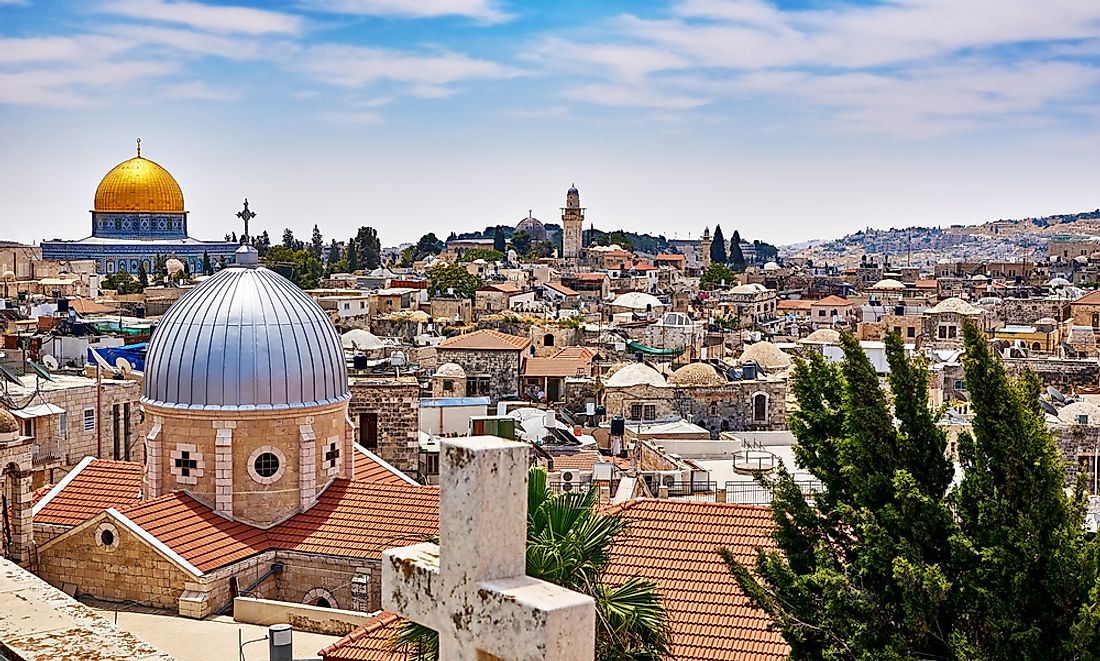Where Does The Prime Minister Of Israel Live?

Israel is a country in Western Asia that encompasses an area of either 20,770 km2 or 22,072 km2, depending on which territorial boundaries are recognized, and has an estimated population of 9,107,700. The country is governed as a unitary parliamentary republic, and the Prime Minister of Israel is the head of government and the country's highest political figure, while the President serves as the head of state. The Prime Minister's official residence is Beit Aghion.
The presidency in Israel is largely ceremonial since the Prime Minister holds true executive political power. The President is chosen through a secret ballot by members of parliament to serve a single seven-year term. Once elected, the President consults party leaders and selects a member of parliament to be Prime Minister. Typically, the post is occupied by the leader of the party with the most seats in Parliament, although it is not a constitutional requirement. A party leader requires 61 seats in Parliament to form a government without a coalition, but no party has ever garnered more than 56 seats. The party leader has 42 days to negotiate with minority parties before presenting the government to Parliament for a vote of confidence. If the proposed government is approved, the party leader becomes Prime Minister. Once the appointee assumes office, the Prime Minister is constitutionally required to occupy the official residence.
Residence of Israel's Prime Minister
Beit Aghion, also known as Beit Rosh HaMemshala, is the official residence of the Prime Minister of Israel. Located on Balfour Street, Jerusalem, the palace was built by Jewish-Greek businessman Edward Aghion in 1938, although he spent most of his time in Alexandria, Egypt. Peter II, King of Yugoslavia, lived in the building in 1941, and it was transformed into a hospital during the 1948 Arab-Israeli War. The government purchased the building in 1952 and turned it into an official residence for the Minister of Foreign Affairs. In 1974 the palace became the official residence of the Prime Minister. A wall was erected around the palace in the 1990s, and a section of the street was closed to traffic.
Architecture
The main structure is made up of several interconnected square blocks, with a stairway at the center, while part of the front section is molded in a circular shape which reflects International Style architecture. Jerusalem stone is used to coat the entire building. The palace also contains a courtyard that features Islamic architecture, rather than the International Style that is common throughout the rest of the palace.
Relocation
In February 2009, Israel's government approved a plan to unite the Prime Minister's official residence and official office, by transferring the residence from Beit Aghion. The project was estimated to cost 650 million Israeli shekels ($180 million) and was heavily criticized as extravagant. A few months later the government suspended the plan, but it was revived and approved by ministers in 2014.











